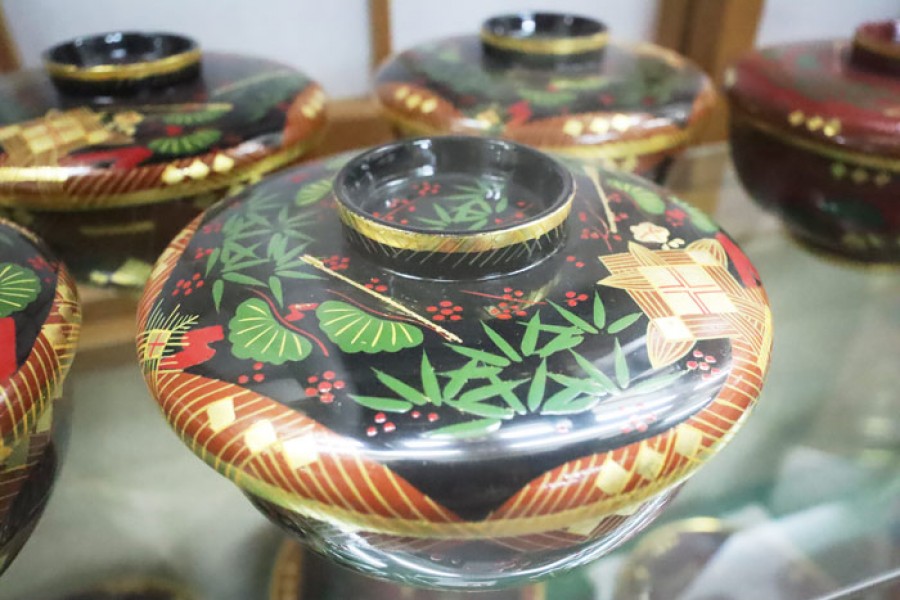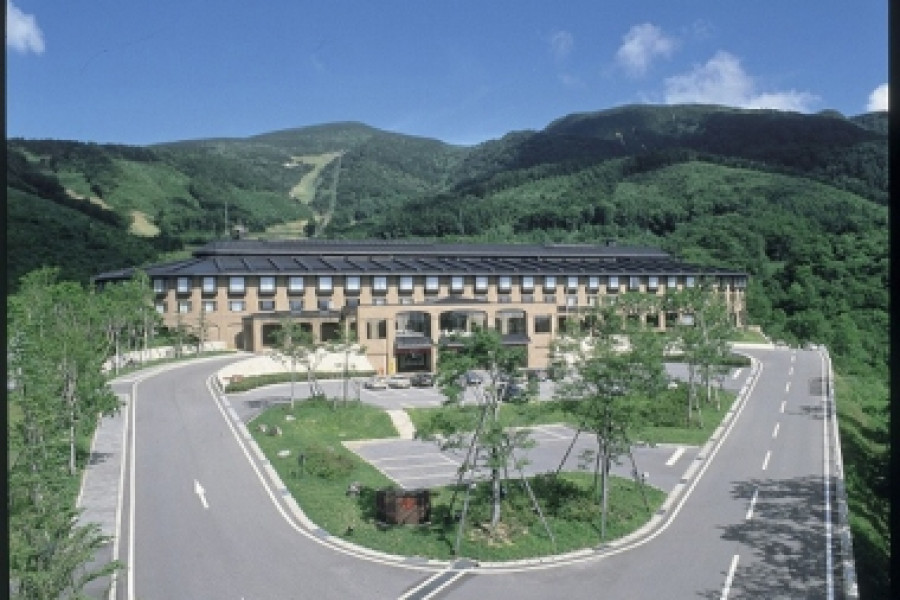Guest House Inawashiro Hanbog is an accommodation facility located 14 km away from Mt. Bandai, close to Lake Inawashiro and the Hideyo Noguchi Memorial Museum.
Some foreign visitors favor this modern guest house for its cozy wooden atmosphere, reasonable price, convenient location and privileged views of the mountains.
But most choose it for what it stands for.
The owner of this guesthouse, originally from Fukushima, lived some time in Korea and decided to come back to his hometown to promote tourism in his hometown and replicate the unique hospitality he received in guesthouses during his time abroad.
Guest House Inawashiro Hanbog is a foreign-friendly guesthouse that offers more than a place to stay—it’s really a place to connect. Travelers wanting to explore outside of the box and make new friends over a few beers after a day out sightseeing should consider staying at Hanbog.
Its amenities include free parking, a bar serving some of Fukushima’s local specialties, free Wi-Fi, an outdoor bonfire area, and Asian-style meals.
Guest House Inawashiro Hanbog has three shared rooms: One for female guests, one for male guests, and a mixed room. Each room has two bunk beds and capacity for four people, for a total capacity of 12 people. It has two shower rooms and two washbasins.








